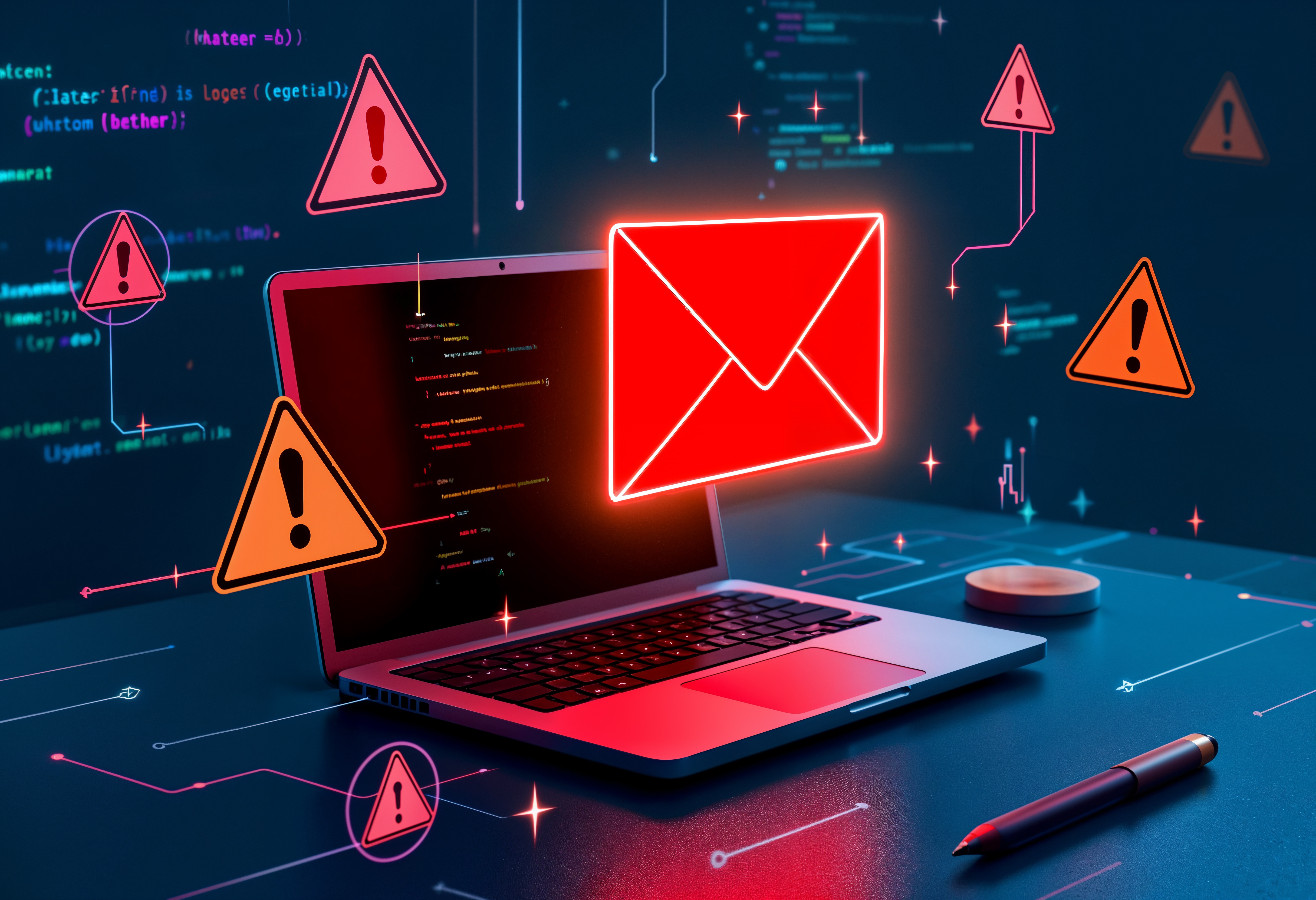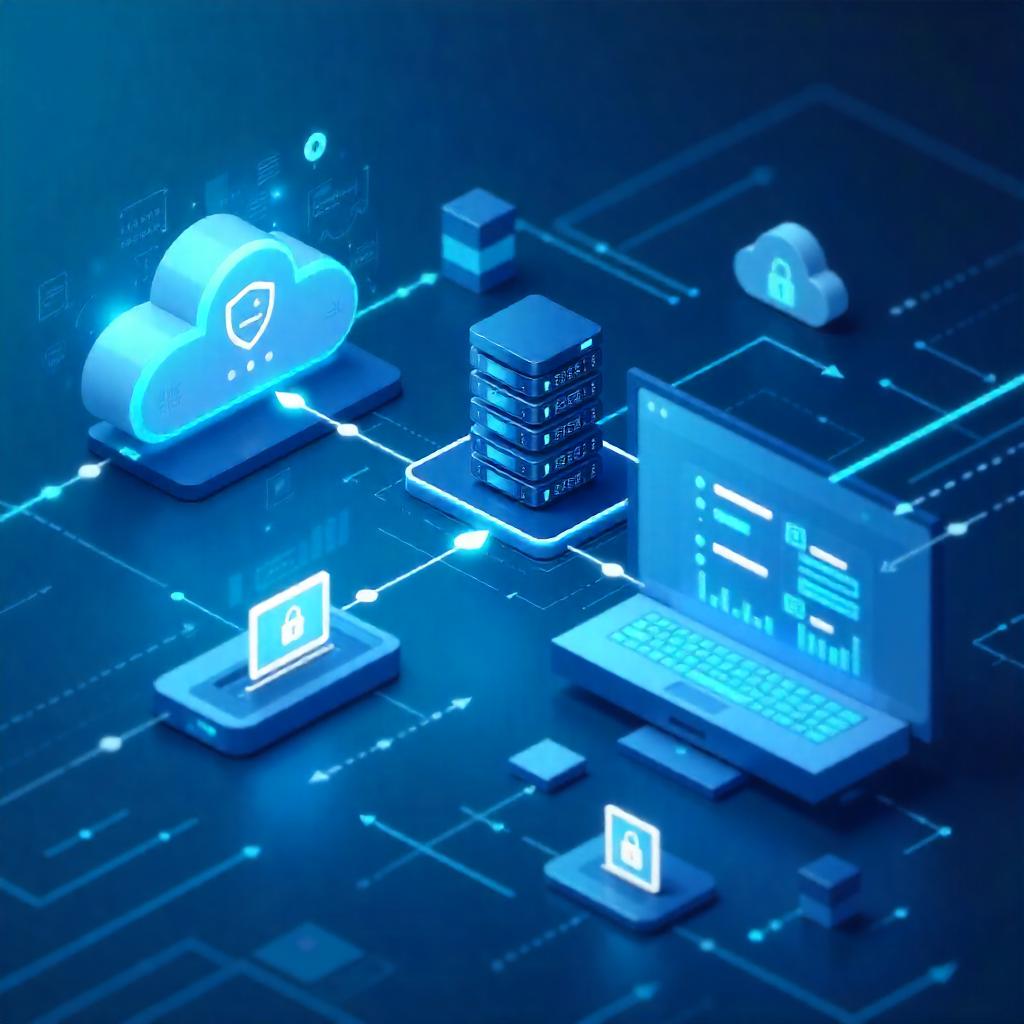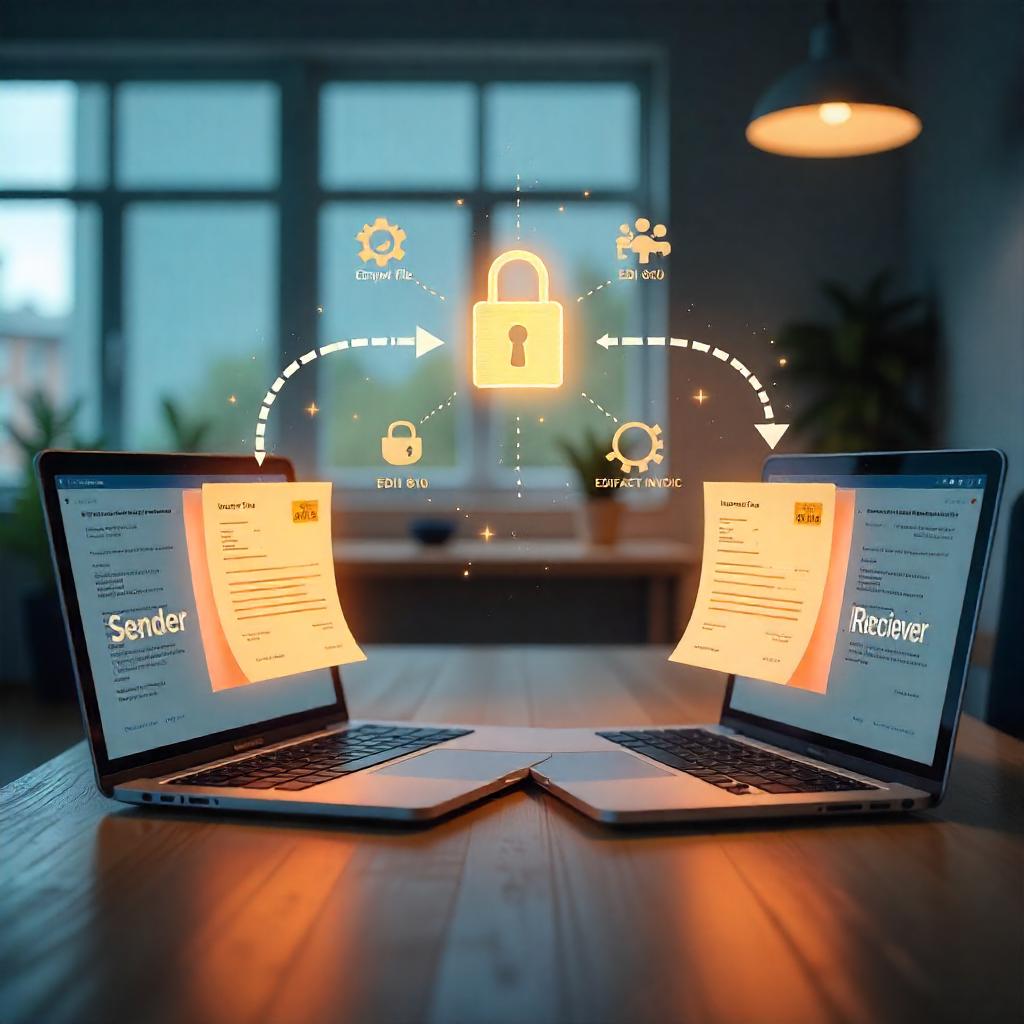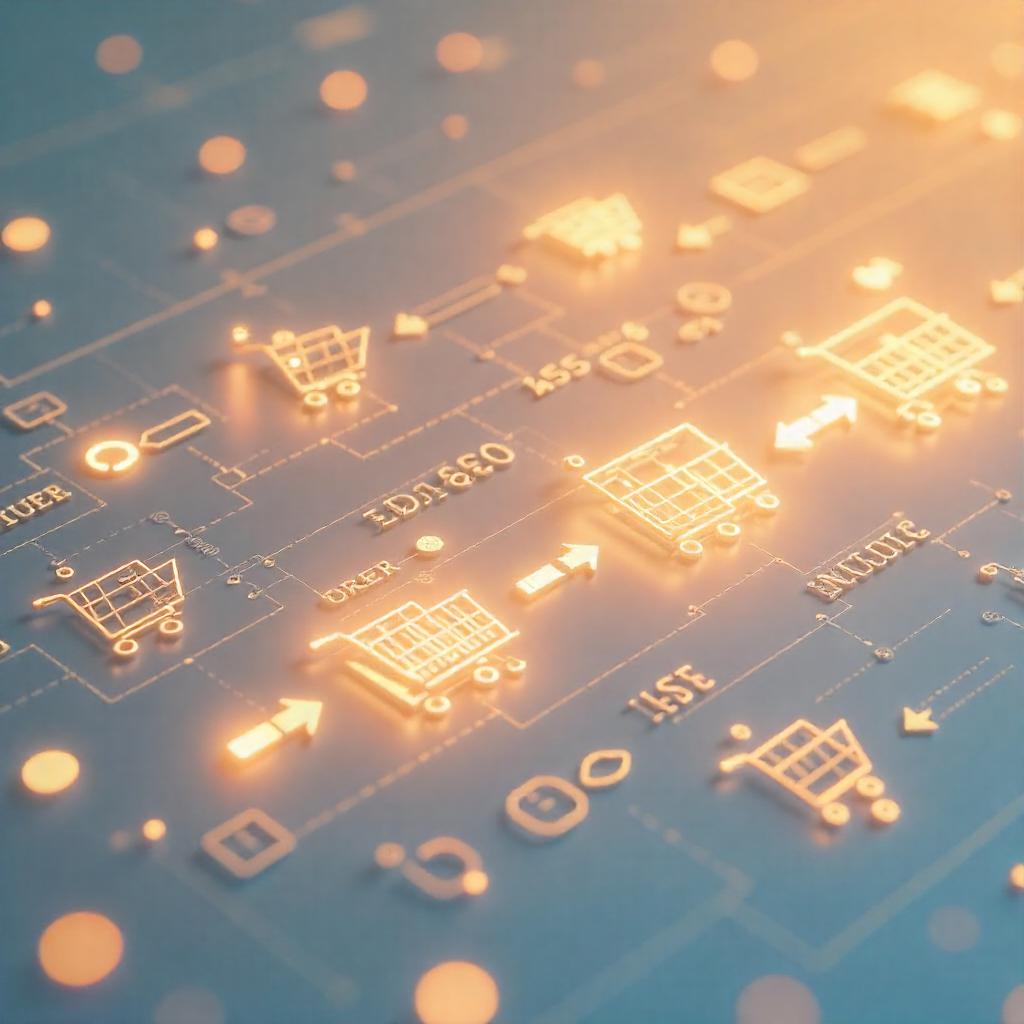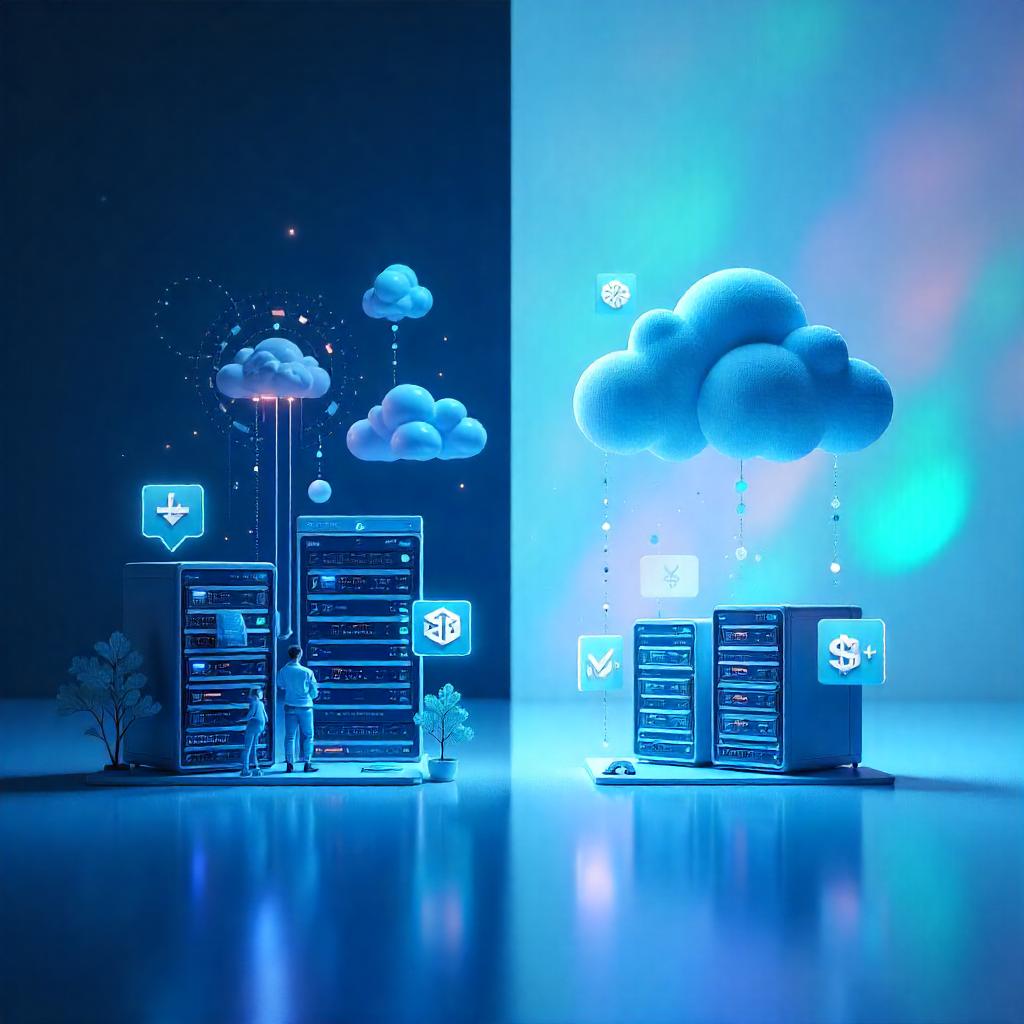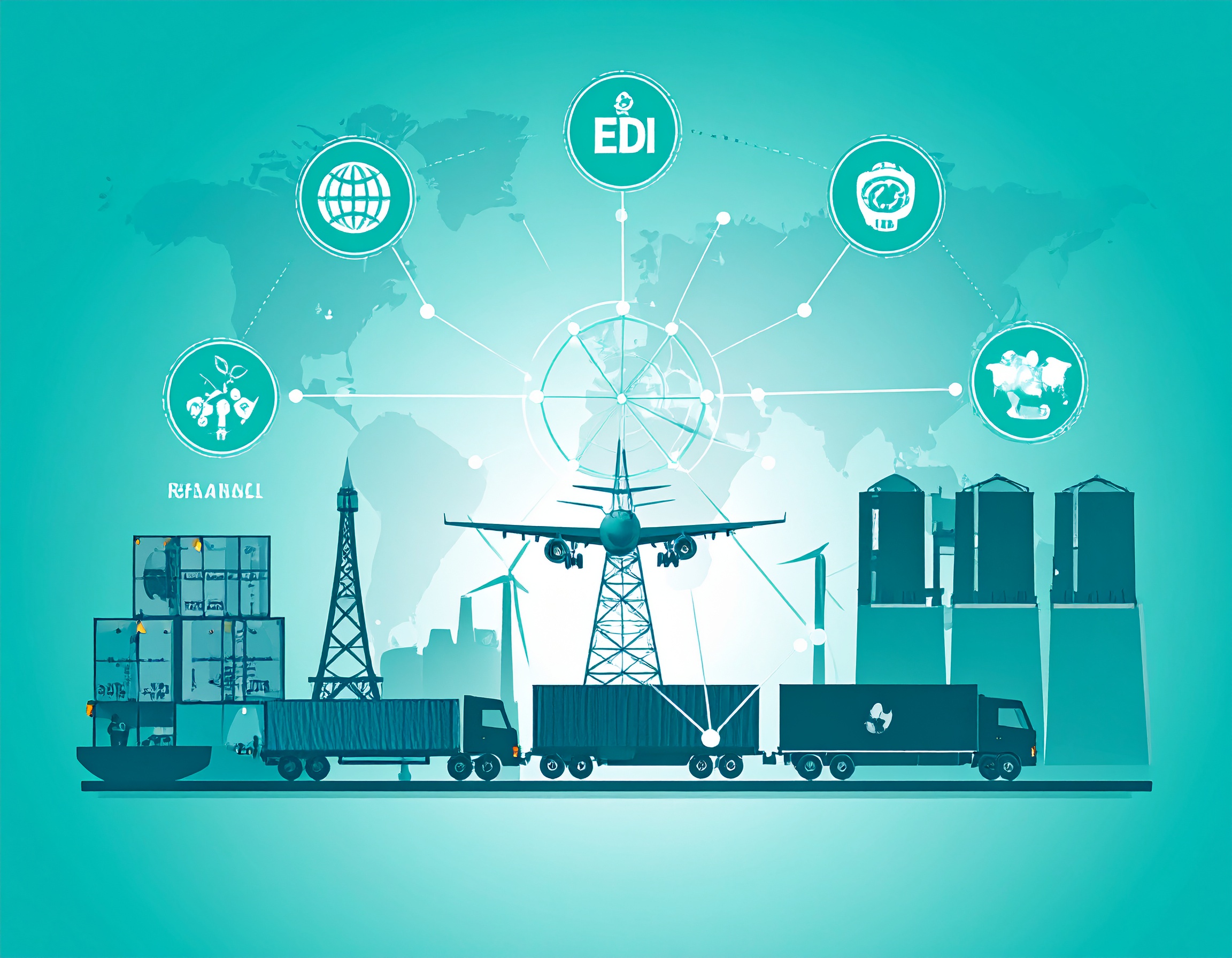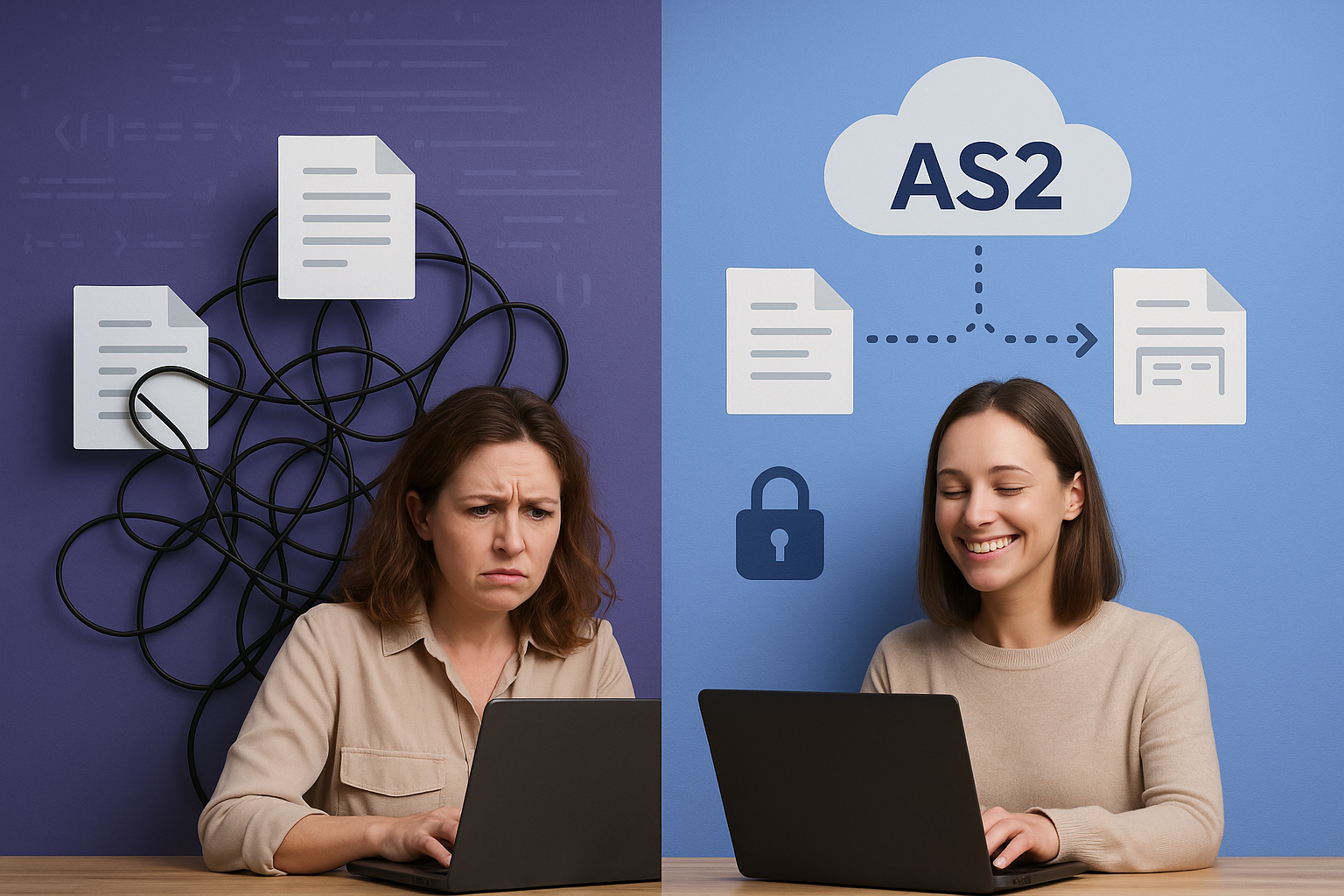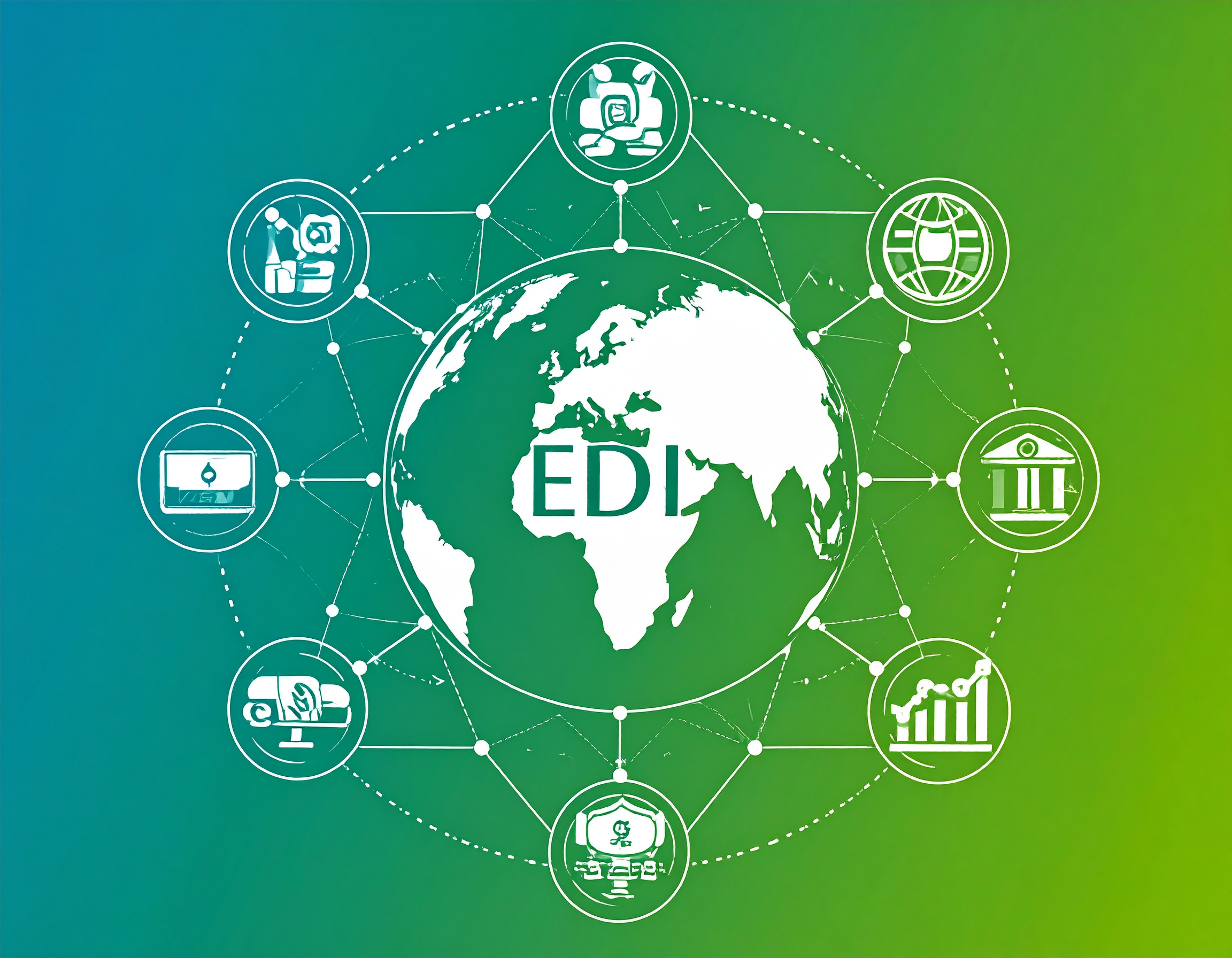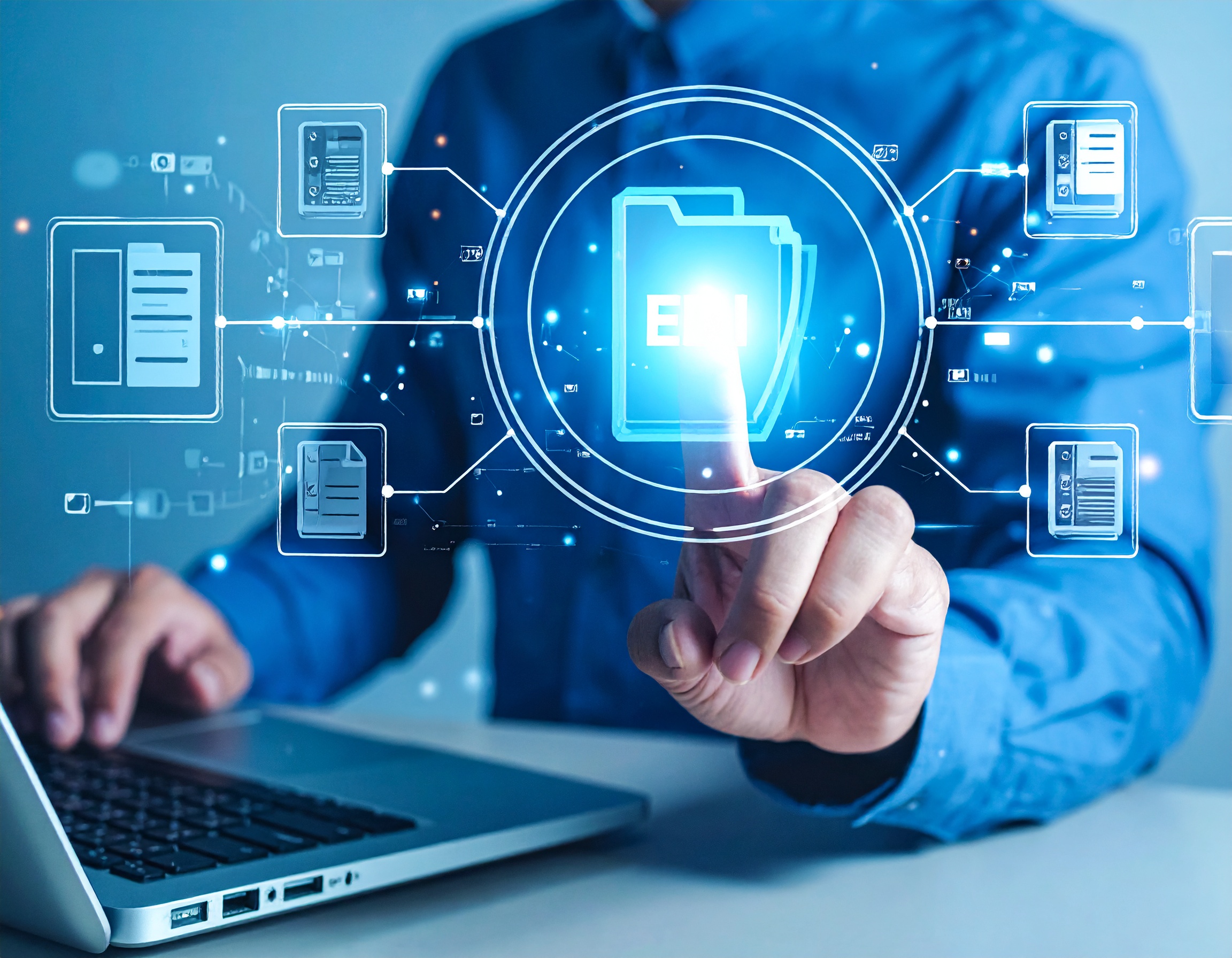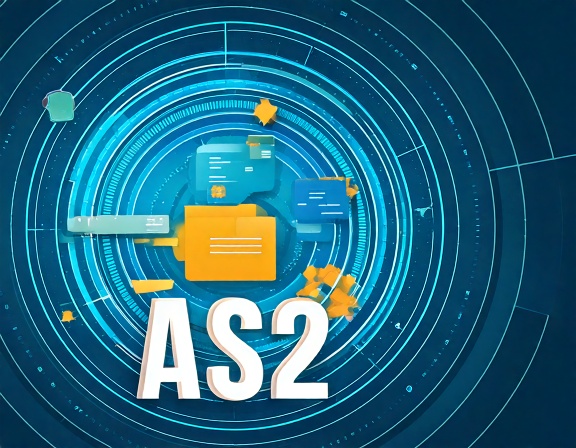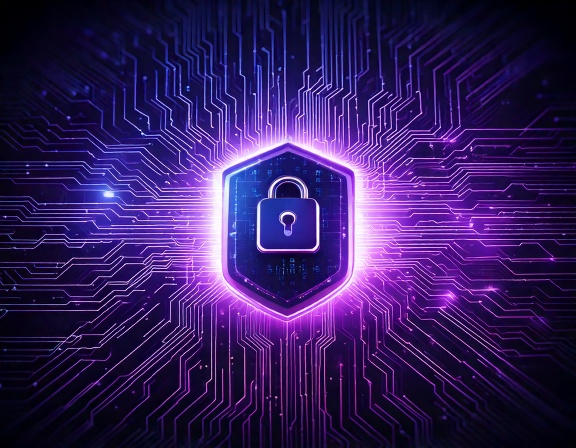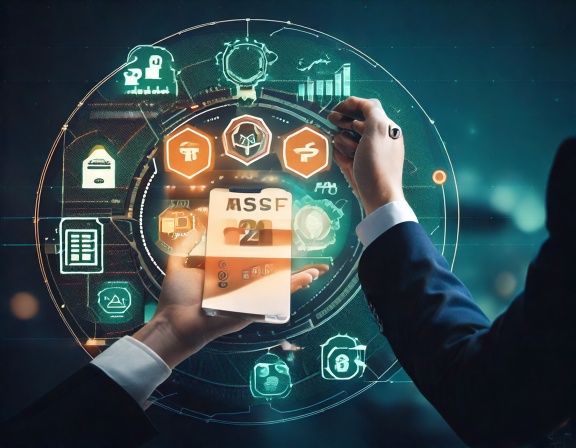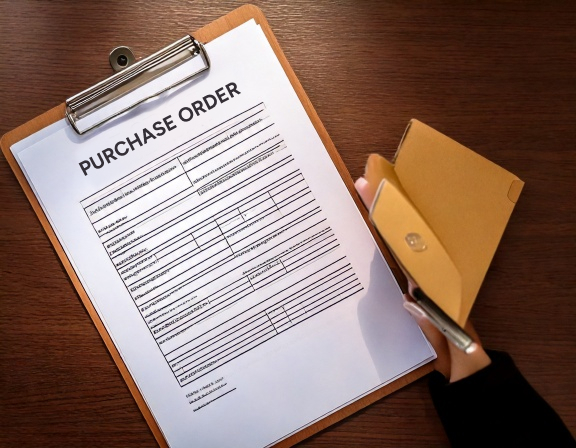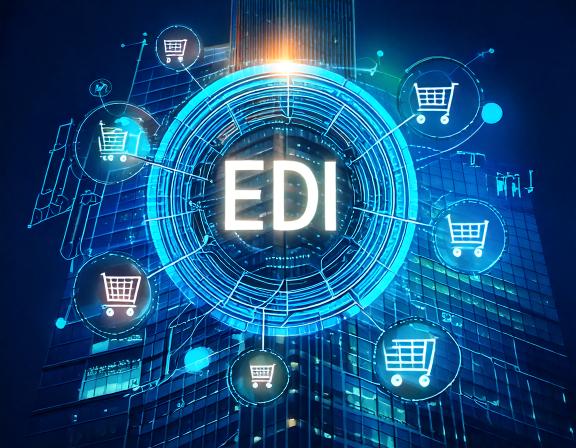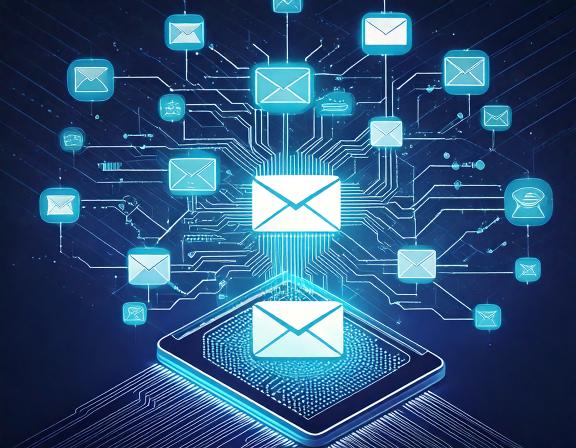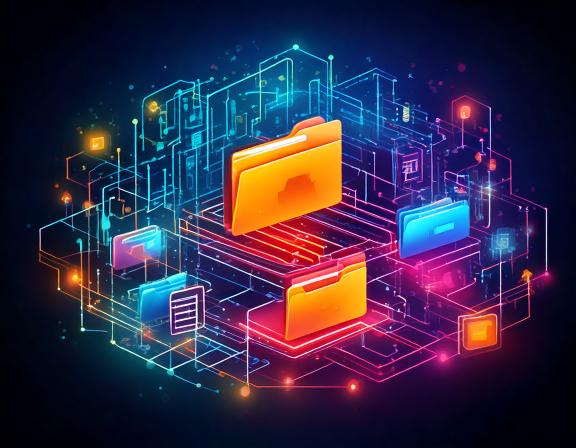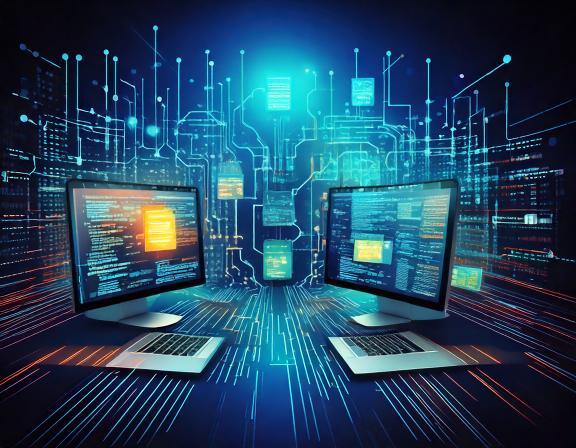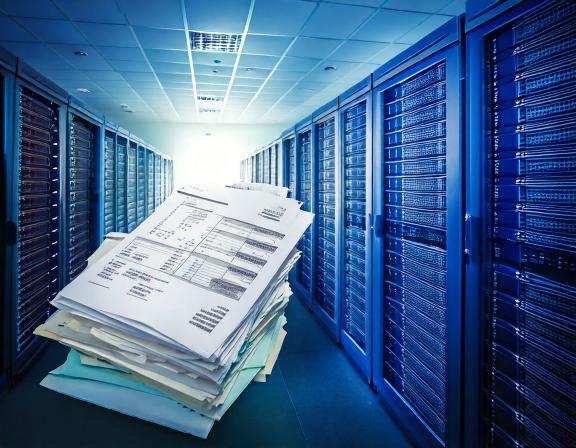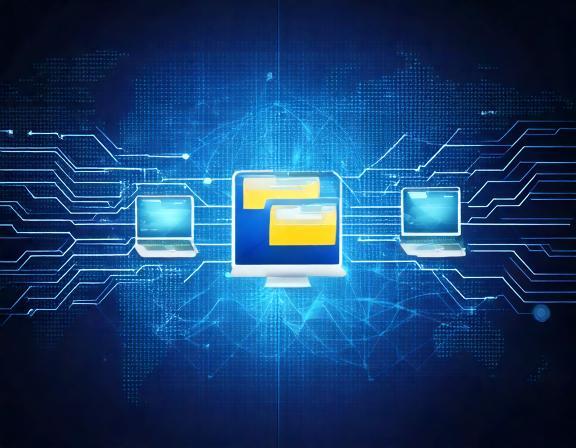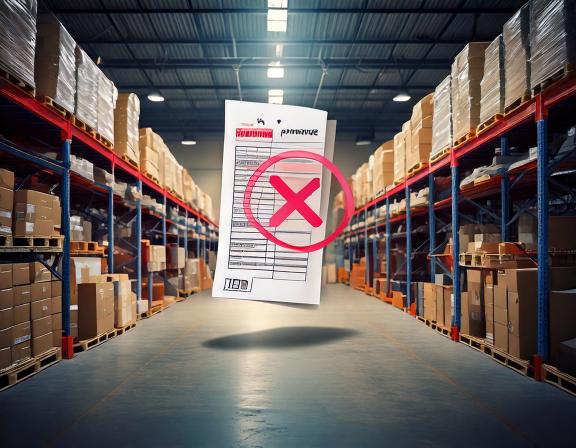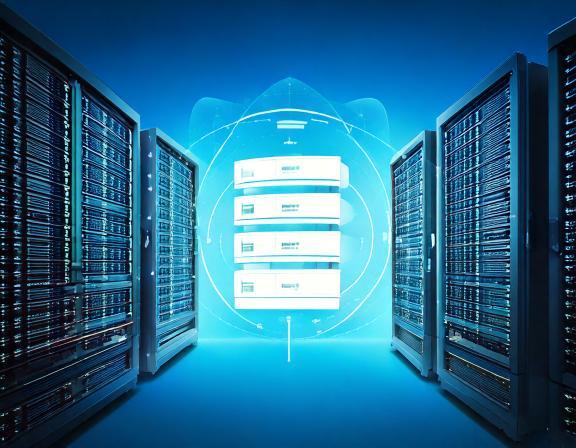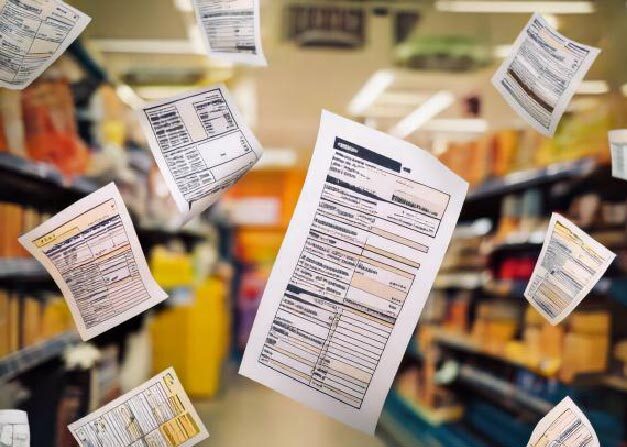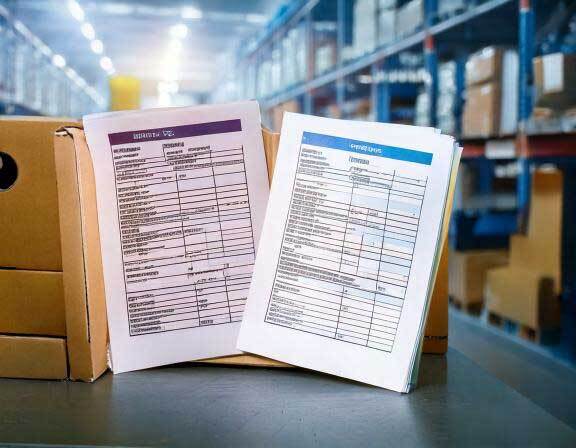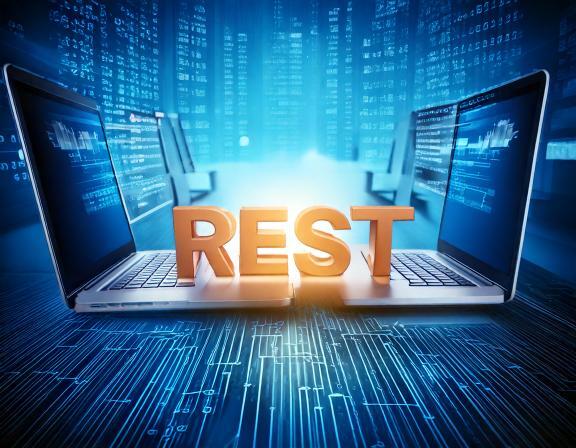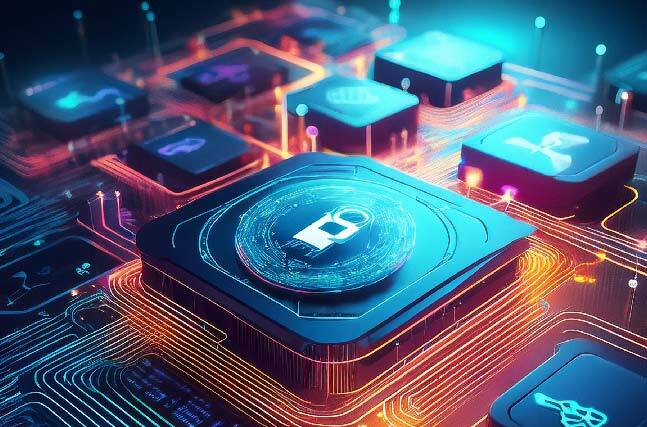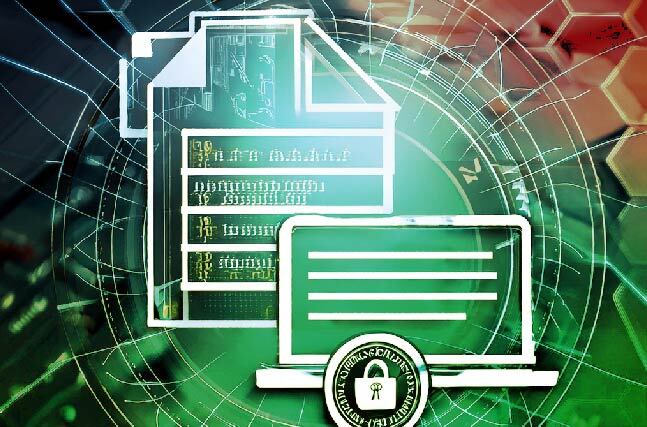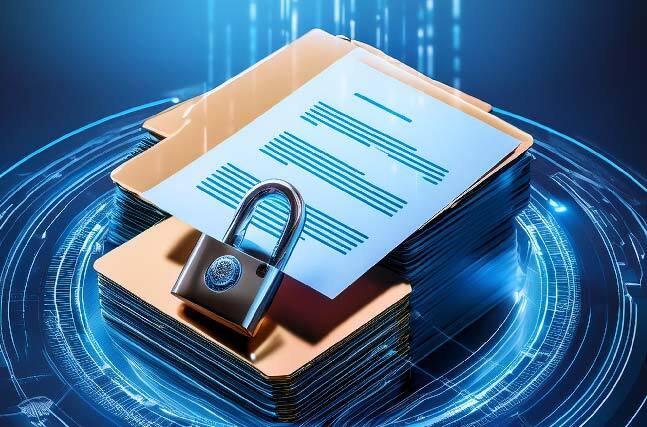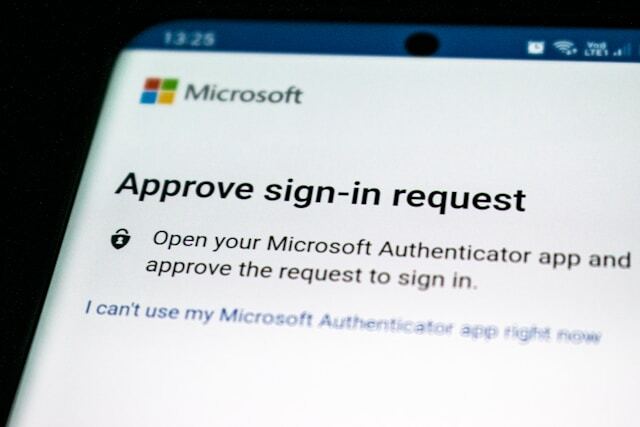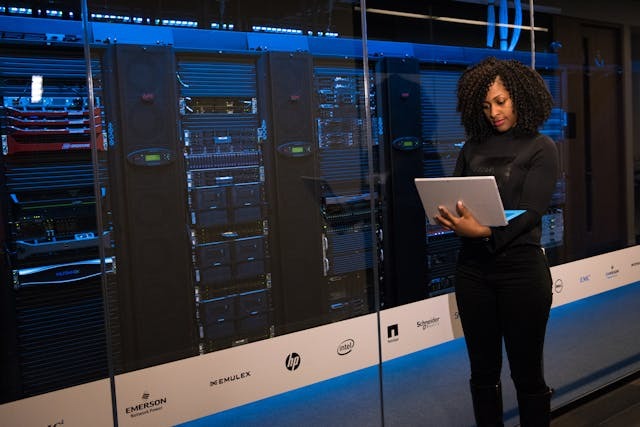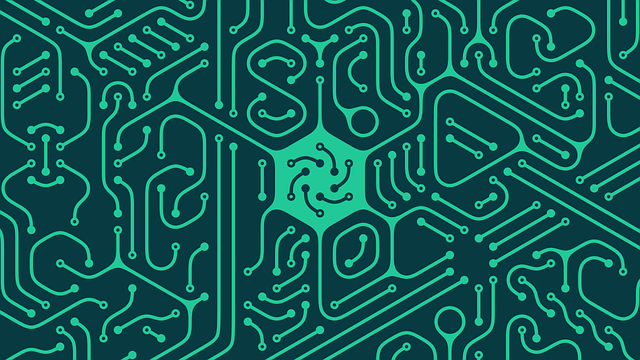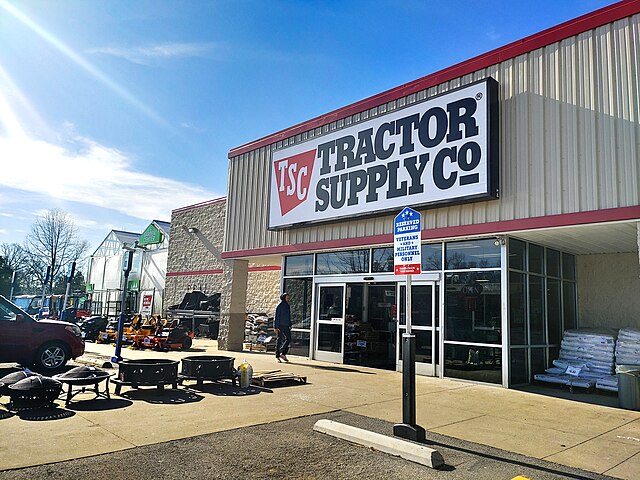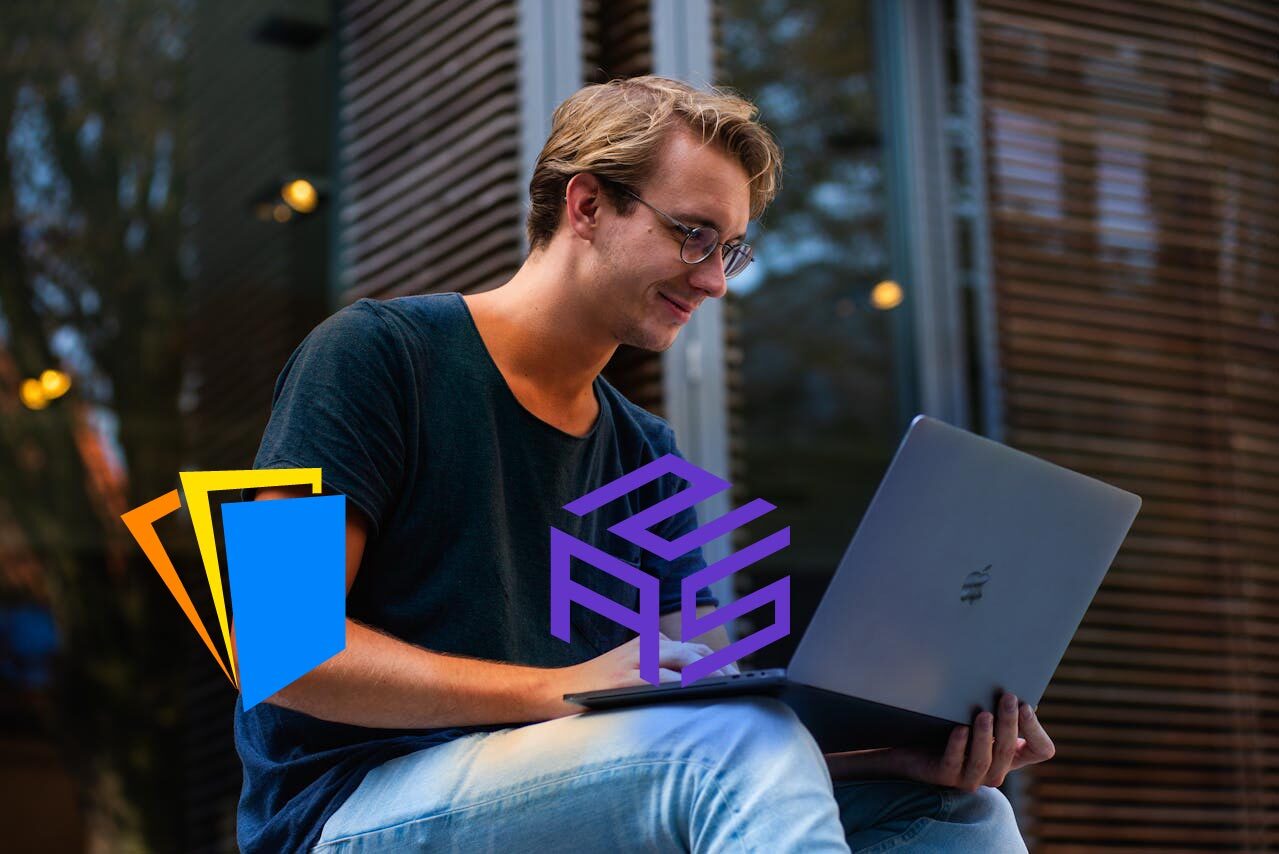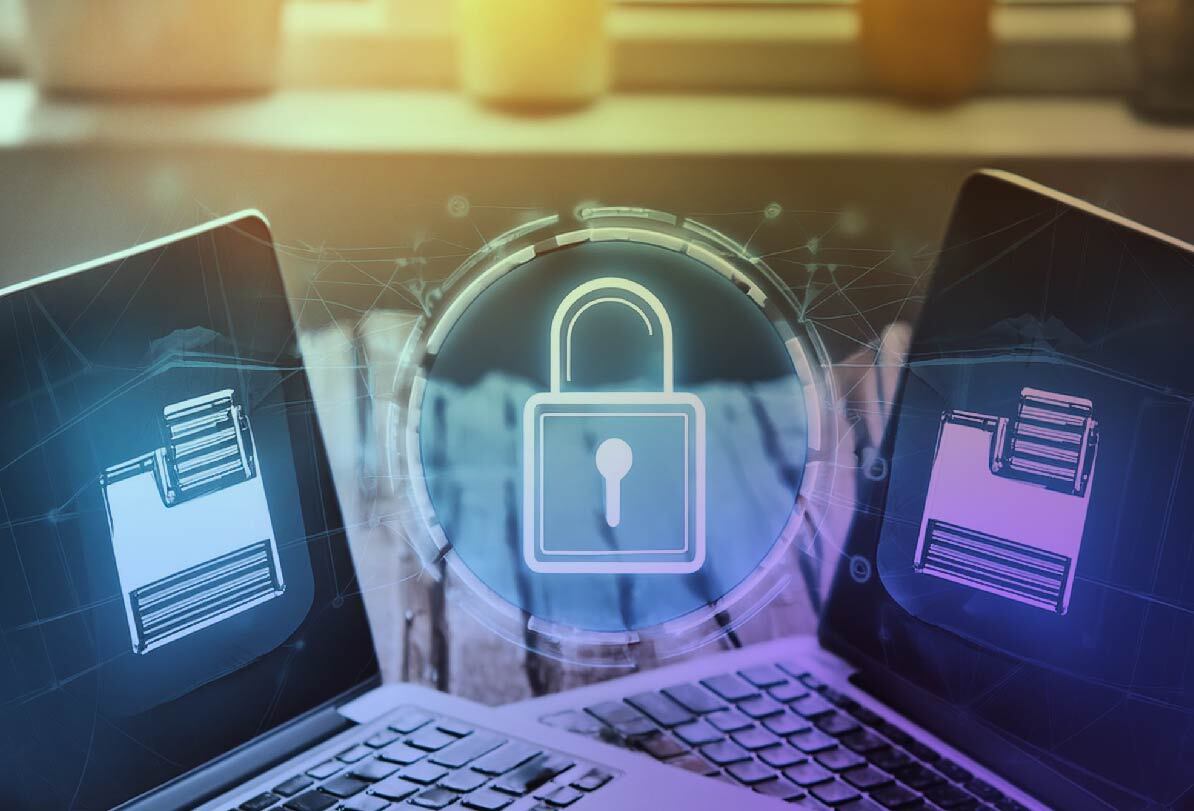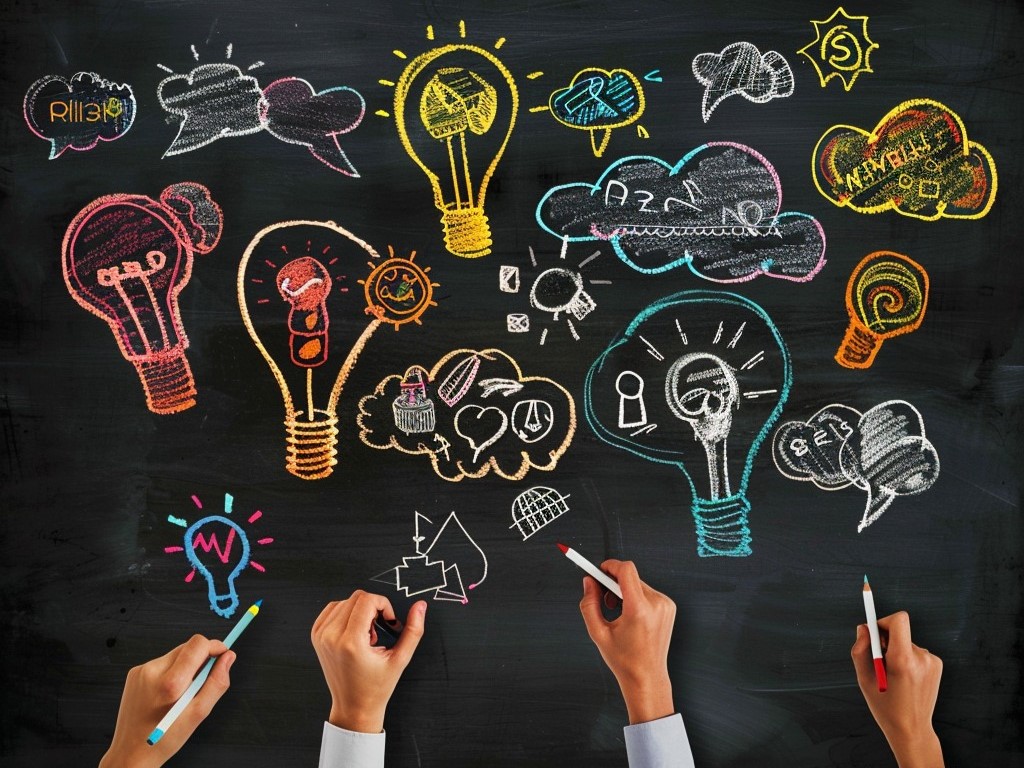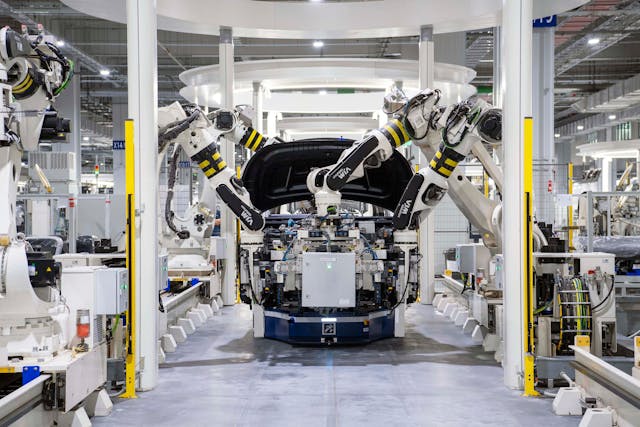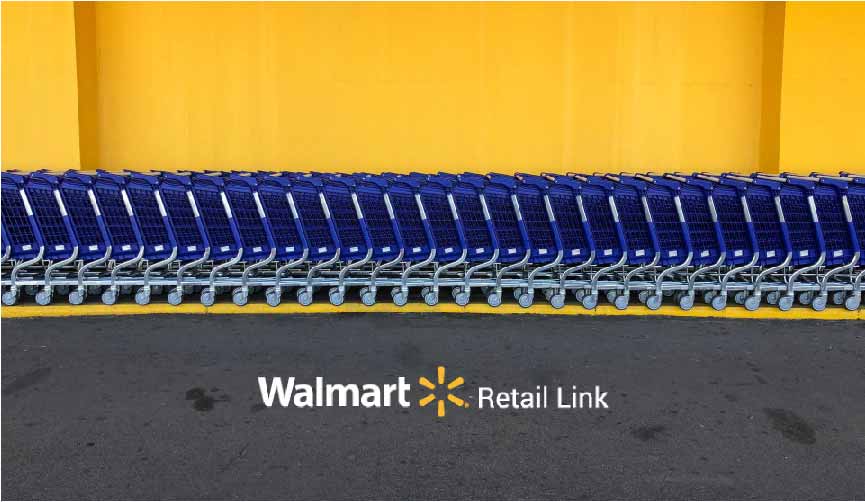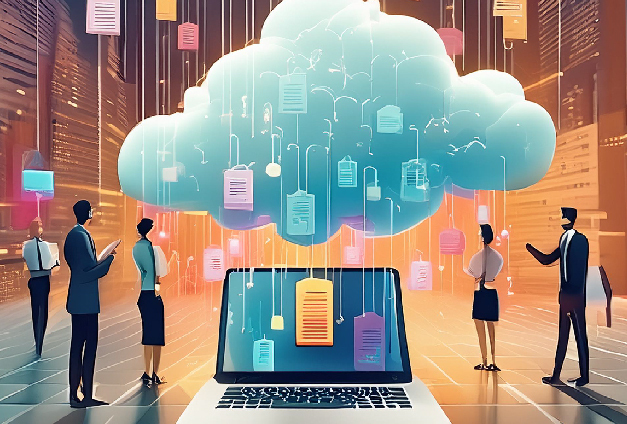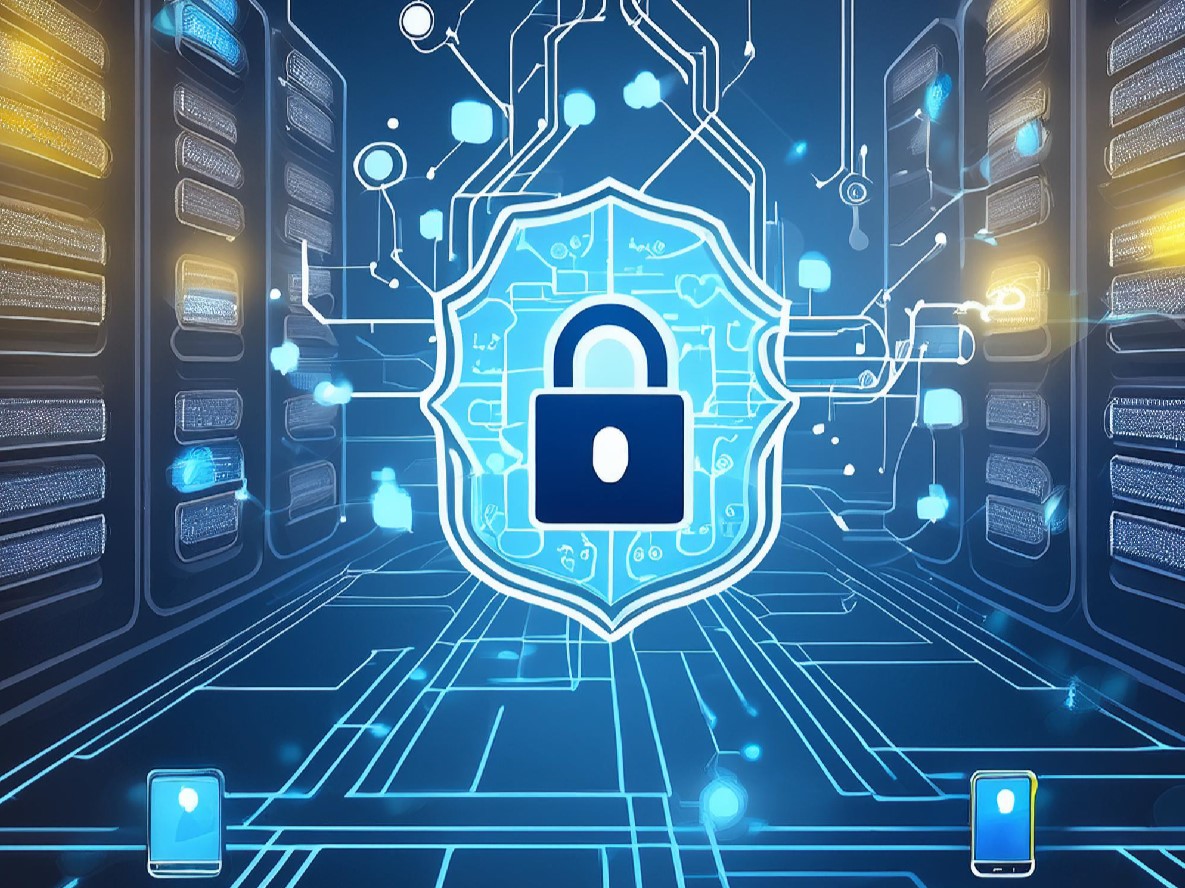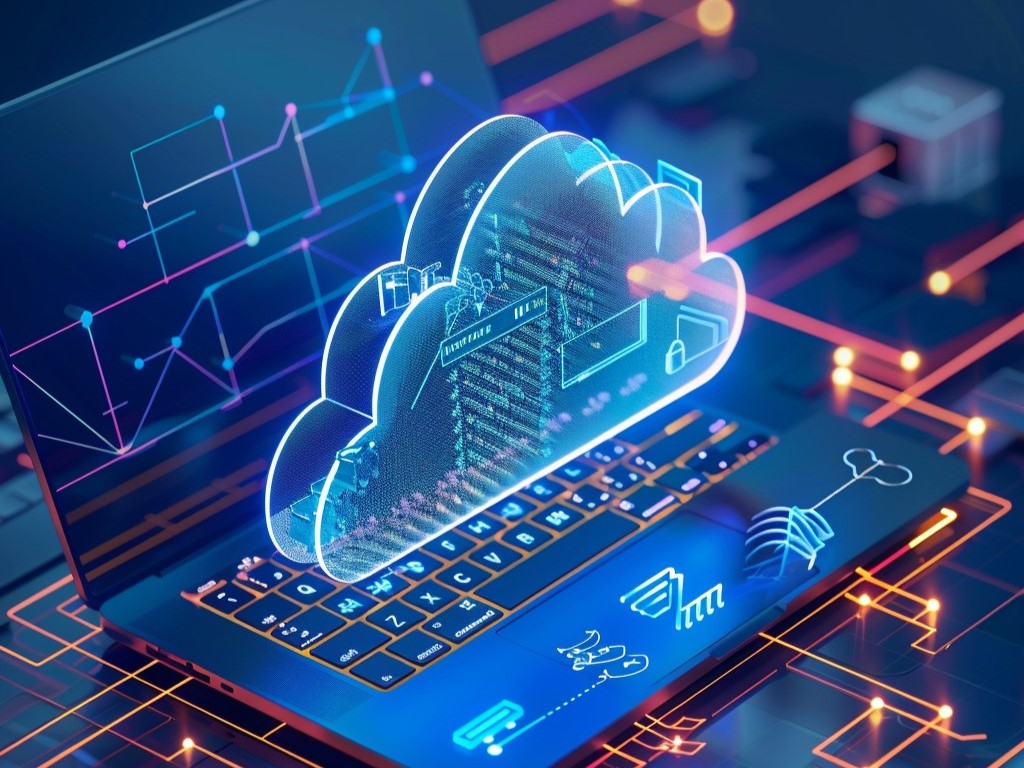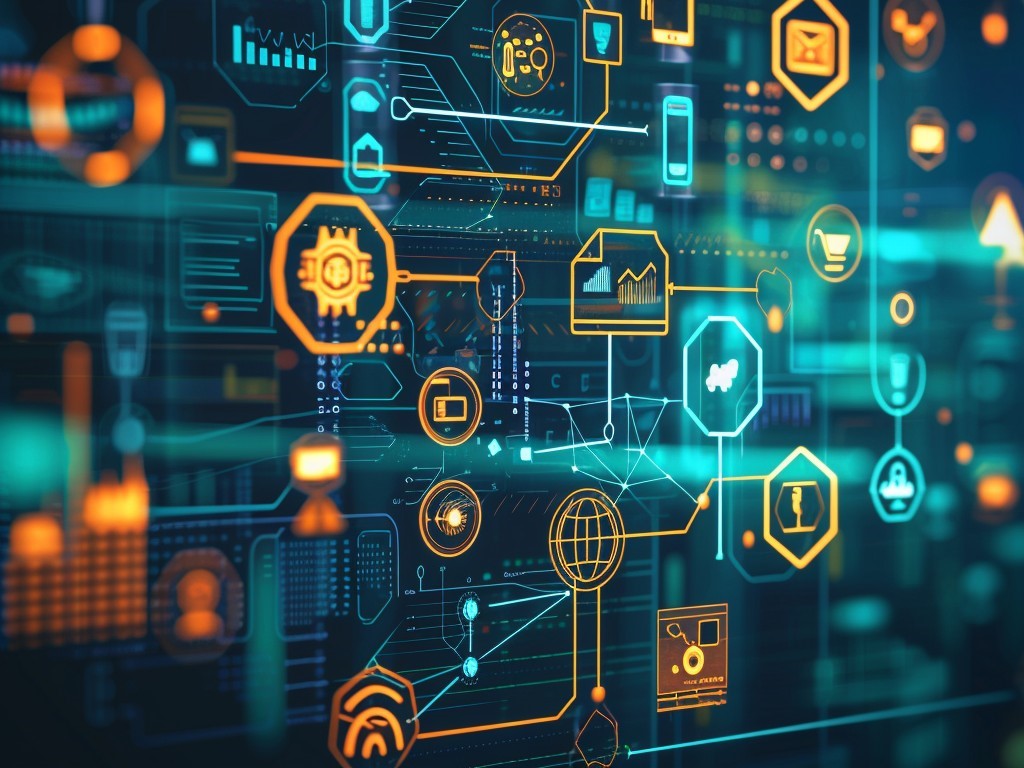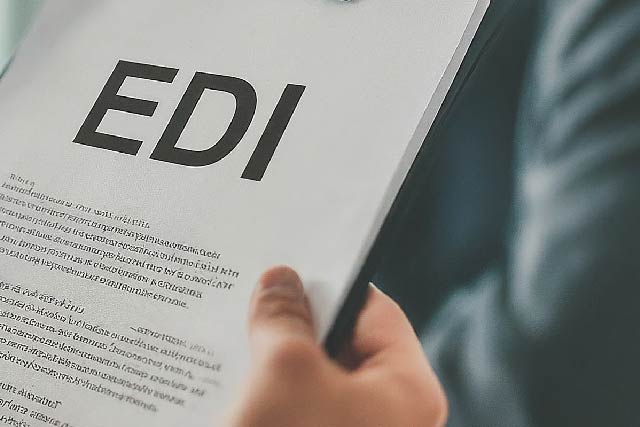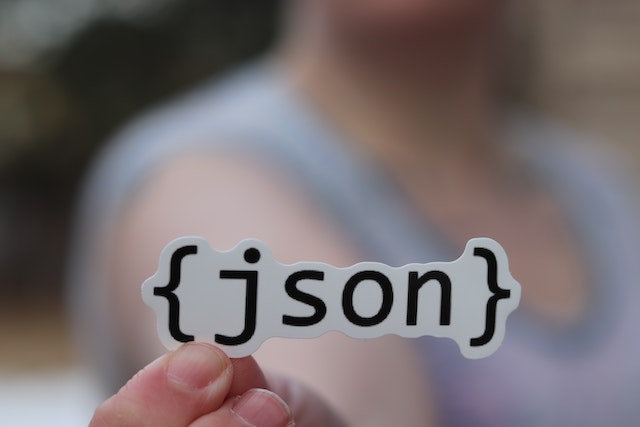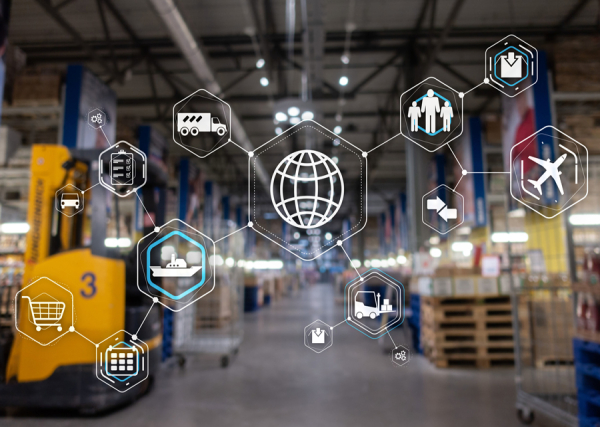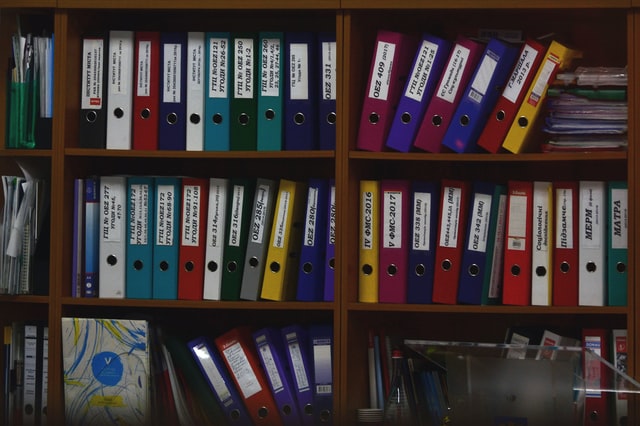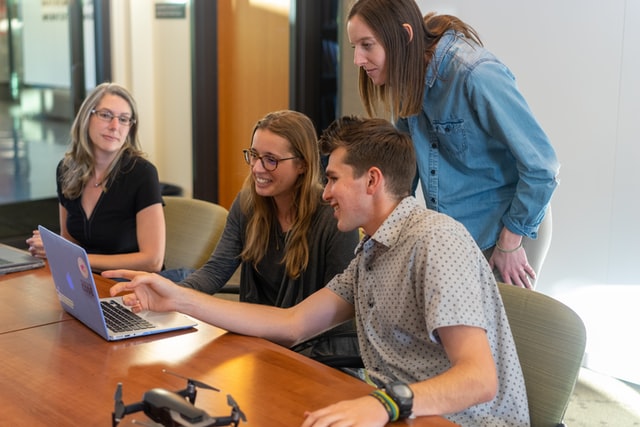MFT Gateway is a hosted Software as a Service (SaaS) solution that enables file exchange over the AS2 or SFTP protocol, without the need to install or maintain.
- Blog
- Difference Between the 4 Types of EDI Acknowledgments
EDI
Difference Between the 4 Types of EDI Acknowledgments
Learn about the 4 types of EDI acknowledgements, their differences, and how they ensure reliable and secure B2B transactions.

Samadhi Kariyawasam
Published: 10 Mar 2025

For successful communication and to further ensure non-repudiation, acknowledgment is a vital component of any communication. It confirms that the intended message was successfully delivered to the recipient. In Electronic Data Interchange (EDI) transactions, which are mostly used in B2B communication, the use of acknowledgments is even more critical. Miscommunication in this context can result in significant financial or operational disruptions.. There are different levels of acknowledgement a sender may receive for a message, each serving a distinct purpose in ensuring the reliability of communication. Below are the four main types of EDI acknowledgments explained.
Communication Level acknowledgement
A basic communication-level status message is a protocol-level acknowledgment that ensures the successful data transfer between two systems. It confirms the receipt of the data and guarantees its integrity during transmission. Most communication protocols use these communication-level acknowledgments to indicate the status of a transferred message.
- HTTP (Hypertext Transfer Protocol): status codes are used as follows,
- 200 OK: Indicates that the data sent was received successfully.
- 404 Not Found: Indicates that the requested resource was not found.
- 401 Unauthorized: Indicates that the request lacks valid authentication.
- FTP (File Transfer Protocol):
- When a file is successfully uploaded to an FTP server, the server may send a status code 226 with the message: 226 Transfer complete.
- SFTP (Secure File Transfer Protocol):
- After transmitting a file, the SFTP server acknowledges receipt and verifies the integrity of the file, often providing logs such as : File transfer completed successfully: 1024 bytes received.
These protocol-level acknowledgments ensure that the data bits were not corrupted during transmission and provide confidence that the data transfer was successful. However, they do not validate the content of the data or its business significance.
MDN (Message Disposition Notification)
As a further improvement to the communication level acknowledgement, protocols like AS2 use MDN (Message Disposition Notification) as an acknowledgement. The sender stores a pre-calculated hash of the transmitted message, known as the Message Integrity Check (MIC) or message digest. Once the recipient receives the message, they also calculate the MIC from their received copy and include it in the MDN sent back to the sender. The recipient can then compare the MIC stored with the MIC received inside the MDN to confirm that the received message is the same as the sent message.
This mechanism not only confirms that the message was successfully received but also ensures its accuracy by verifying that the received message matches the original, proving that it was neither corrupted nor tampered with during transmission. This added layer of security makes MDNs a powerful tool for validating data integrity and ensuring reliable communication.
For an EDI communication that uses the AS2 protocol, this provides an additional layer of acknowledgement and enhances the reliability and security of the communication process, fostering trust between trading partners.
Functional Acknowledgment (FA)
The EDI 997 functional acknowledgement is a document that is specifically designed for the EDI exchange in X12 standard. Once an EDI document is received, the recipient reads the content of the document and sends an acknowledgement. The acknowledgement contains information such as whether the EDI document is accepted or rejected, and if the document is rejected, it also provides details about syntax errors such as missing fields, incorrect segment orders, or invalid data types.
One thing to note here is that the functional acknowledgment doesn’t actually translate the content; rejection is based solely on syntax errors. It does not evaluate the business content or semantic accuracy, such as whether quantities or prices are correct.
Since this FA is usually an automated response, it serves as a tool for error detection, transparency, and accountability with significant speed.
Business Level Acknowledgement
Business-level acknowledgments go step beyond functional acknowledgments because they ensure that the content is read and understood by the recipient. These acknowledgments address the business context of the transaction and confirm the actions taken in response to the message.
- Purchase Order Acknowledgement (855)
- A PO Ack would partially or completely reject or accept the purchase order after reviewing the terms and conditions for each item in the purchase order. After the seller sends a purchase order to the supplier, the supplier can respond to the purchase order with the Purchase Order Acknowledgment (PO Ack).
- Advanced Shipping Notice (856)
- An advanced shipping notice can also be treated as an acknowledgment for a purchase order. It is sent by the shipping party before the order is dispatched, providing details such as shipment contents, packaging, and estimated delivery time.
From basic communication-level acknowledgements to detailed business-level acknowledgments, acknowledgments are a critical component of any EDI transaction, providing multiple levels of confirmation to ensure reliability, accuracy, and trust. EDI Generator simplifies this process by supporting all four types of acknowledgments, enabling businesses to seamlessly implement and manage these confirmations.

Talk to an EDI Expert
Join hundreds of organizations already taking full control of their B2B AS2 communications with our trusted solutions. Contact us today to tailor a solution that fits your specific AS2 EDI needs.
Related Articles
View All BlogsExplore our product stack
Try before you buy with a 30-day Free Trial
No commitment, all value. Try the AS2 Solution Risk-Free and discover how our solutions can transform your business workflows. No credit card required.
Explore Your Possibilities
Elevate AS2 Communications with our EDI and AS2 Solutions
See how our AS2 and EDI solutions can simplify your integrations, boost efficiency, and keep you compliant—request a personalized demo today.





